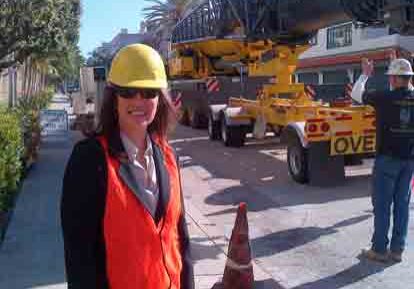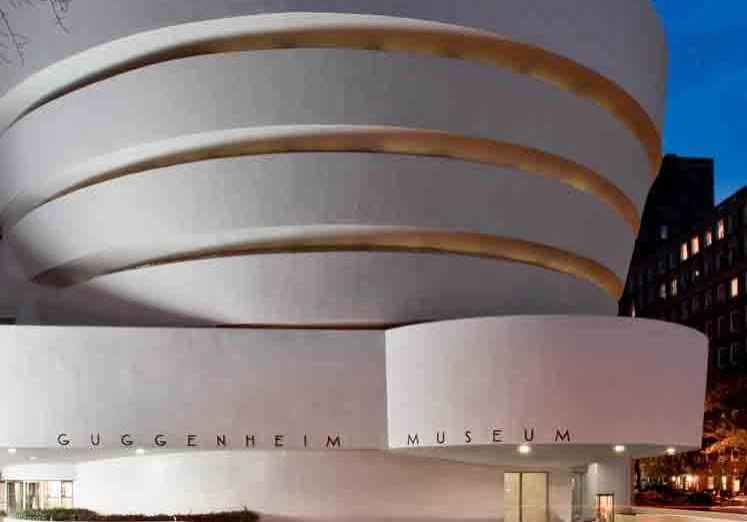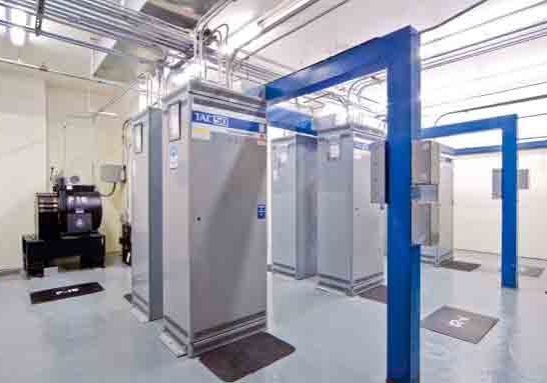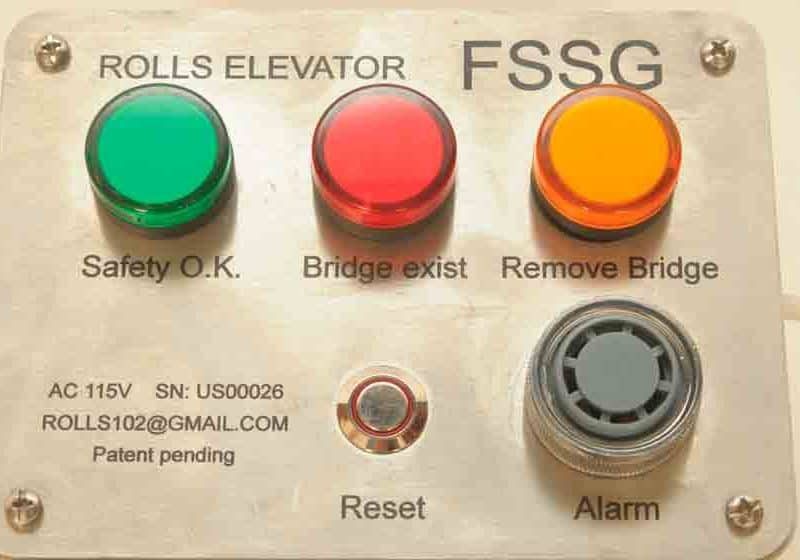TL Jones: Elevator Modernization in 2012
May 1, 2012
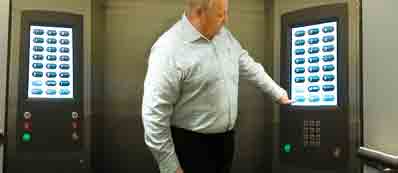
Three project modernizations are discussed here, with an emphasis on the technology used.
The 21st century has seen great technological advancements in all aspects of life, and the elevator industry is no different. With more than 10 million elevators projected to be in service around the world by 2013, elevator use is an essential part of urban life, and with strong projected construction growth, this should only intensify. In conjunction with this new building work, the projected worldwide modernization and repair market amounts to approximately US$32 billion.
Modernization of buildings (and, specifically, their elevators) is driven by several factors. Elevators require maintenance throughout their lifecycle and eventually become uneconomical to maintain; hence, there is a financial reason to update elevator equipment. Modernization may also be required for safety reasons or legislative and industry standard compliance, such as the Americans with Disabilities Act (ADA), ASME A17.1-2007/CSA B44-07: Safety Code for Elevators and Escalators in North America, EN 81: Safety Rules for the Construction and Installation of Lifts in Europe, and AS1735.12: Lifts, Escalators and Moving Walks in Australia. Finally, modernization of elevators could be a proactive action by building or property management to attract or retain existing tenants or position the building as a leading property.
TL Jones Ltd.’s Microscan brand of infrared light curtains and Commander™ range of touch-operated car panels are utilized in many buildings throughout the world and employed in both functional and premium building-modernization packages (ELEVATOR WORLD, July 2010). Through its association with Halma Group’s Elevator Division (including Emotive Display, Memco, Janus Elevators and Monitor Controls), TL Jones provides a range of modernization products (EW, February 2012). The following projects serve as examples of its products in action.
The Berkshire at Preston Center
As of March, the Berkshire at Preston Center, a commercial office building in Dallas, was having its Fujitec lifts modernized with touch-operated panels from TL Jones supplied by Monitor Elevator Products. Two Commander T2 touch panels were being installed per lift – one on each side of the elevator doors. The panels were designed by TL Jones’ TLJ Media designers in conjunction with the property manager to provide a specific brand image (Figure 1).
The main elevator provides access to 16 floors; premier tenants are offered their own onscreen button with their logo. The parking-level elevators have a complementary design and utilize the same hardware platform. This shows the benefits of the product range in that the hardware, when installed, facilitates changes and different designs to be updated for future use. The background of the screen shows the outside of the building, and there is a media window in each screen. Content in this window is streamed to each T2 from a central server and allows configuration of the content to each unit from a single media server located in the building’s management office.
200 Mary Street
When KONE modernized 200 Mary Street, home of the Cromwell Group’s head office in Brisbane, Australia, it installed T2s, in addition to E-motive Evolution™ S2 LCD displays, Janus emergency telephones and Memco Panachrome door safety edges. Each elevator has two T2s (Figure 2) housed in bezels incorporating all the components required for lift functionality and a keypad to meet the local accessibility code. In this installation, the T2 incorporates the owner’s branding as part of the screen image background with large high-contrast buttons. Elevator position and direction indication is given by the S2 display positioned above the door entrance that also shows time and date and the next stop information, along with an image slideshow. The displays and the T2 communicate with the elevator controllers via a serial protocol to the encoder/controller for messaging, position and direction information.
To meet the latest regulations in Australia, Janus’ emergency phones are installed in each elevator to provide communication between lift car, lift shaft, and pit and emergency calls to the call center. Door safety is provided by the premium 3D Panachrome infrared door detector that not only performs the required object detection to avoid impact with people and objects, but also provides visual feedback with green LEDs to show when it is safe to enter the lift, before switching to red, flashing LEDs to warn when the doors are about to close.
Taj President Hotel
Commander T1s with E-motive displays were combined in the Otis lifts of the Taj President Hotel in Mumbai. The T1 units can be supplied in corporate designs and colors to match buildings’ environs. The T1 also provides quick installation via a single cutout in the panel, as opposed to multiple cutouts for buttons. It is flush mounted with a vandal-resistant glass surface. Unlike the T2, this unit is not configurable once installed. Dynamic information in this type of modernization can be achieved by coupling the T1 with an E-motive display. This gives property managers the ability to configure information for elevator users, such as position, direction and floor information. Interfacing to new or existing controllers is performed by an interface board that enables the use of existing button wiring (if required). The T1 can also be connected to communicate with the controller by way of a serial protocol and, thus, reduce the number of wires required. Exemplifying the ruggedness of the T1, one of its modernization cases eliminated button vandalism breakdown call-backs from an average of once a week over an 18-month period.
Summary
The examples have shown the breadth of modernization that can be accomplished, providing benefits to building owners, elevator companies and elevator users. These include assuaging safety, anti-vandalism and accessibility concerns, while heightening the image of a building and its tenants to one of modern luxury.
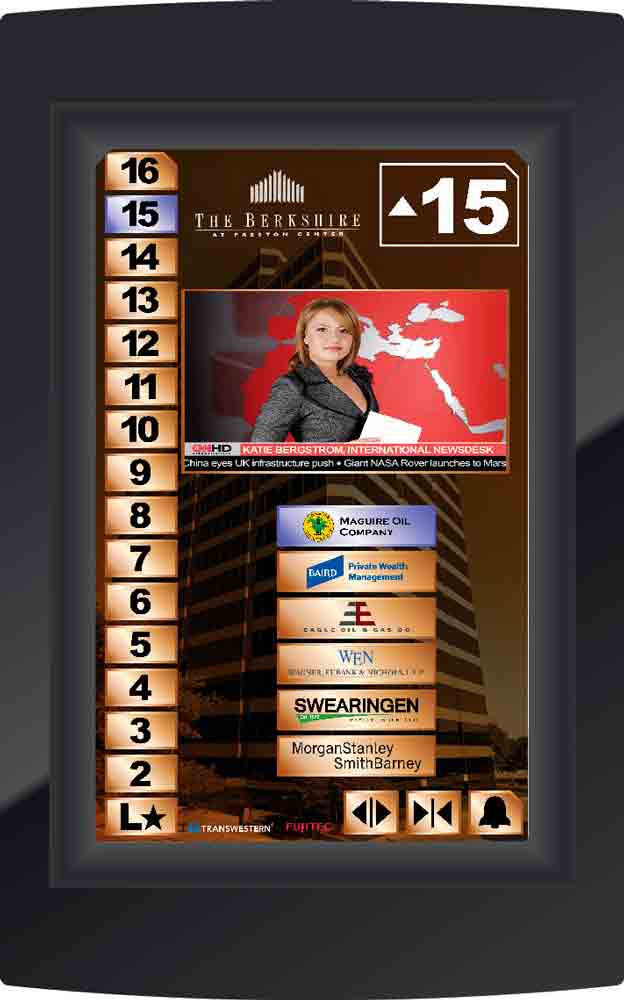
Figure 1: The screen design for the Commander T2 in the Berkshire at Preston Center: the unit meets the latest elevator codes, ADA and Texas-specific requirements. 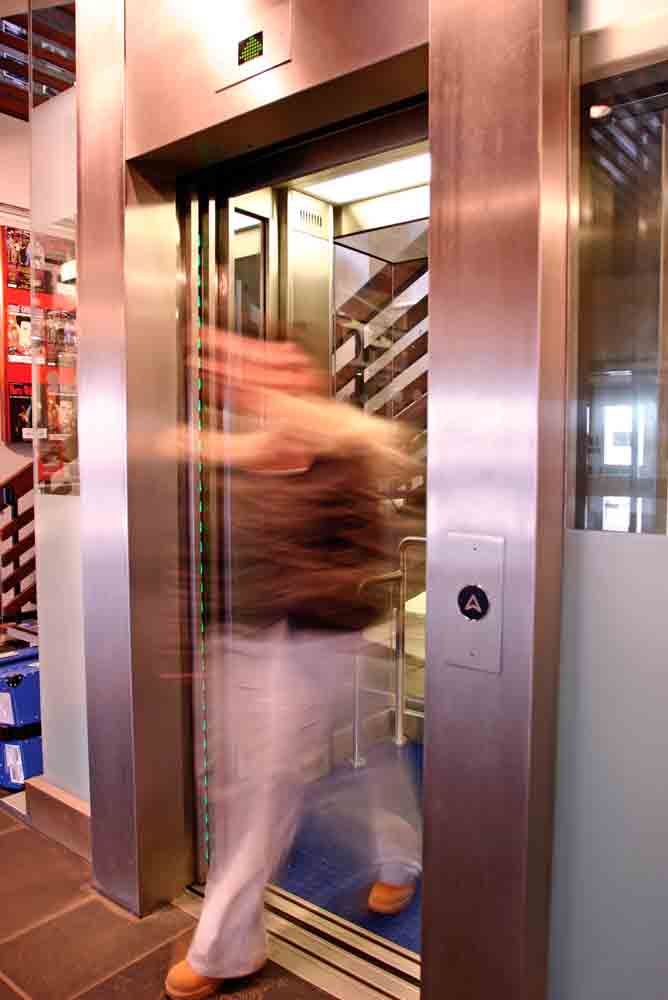
Figure 3: Panachrome door detectors protect elevator passengers as they pass through the doors. 
Figure 4: (l-r) Before and after the modernization of the Taj President’s lifts with a Commander T1-42 touch-operated COP with an E-motive Evolution S1 7-in. LCD display
Get more of Elevator World. Sign up for our free e-newsletter.




